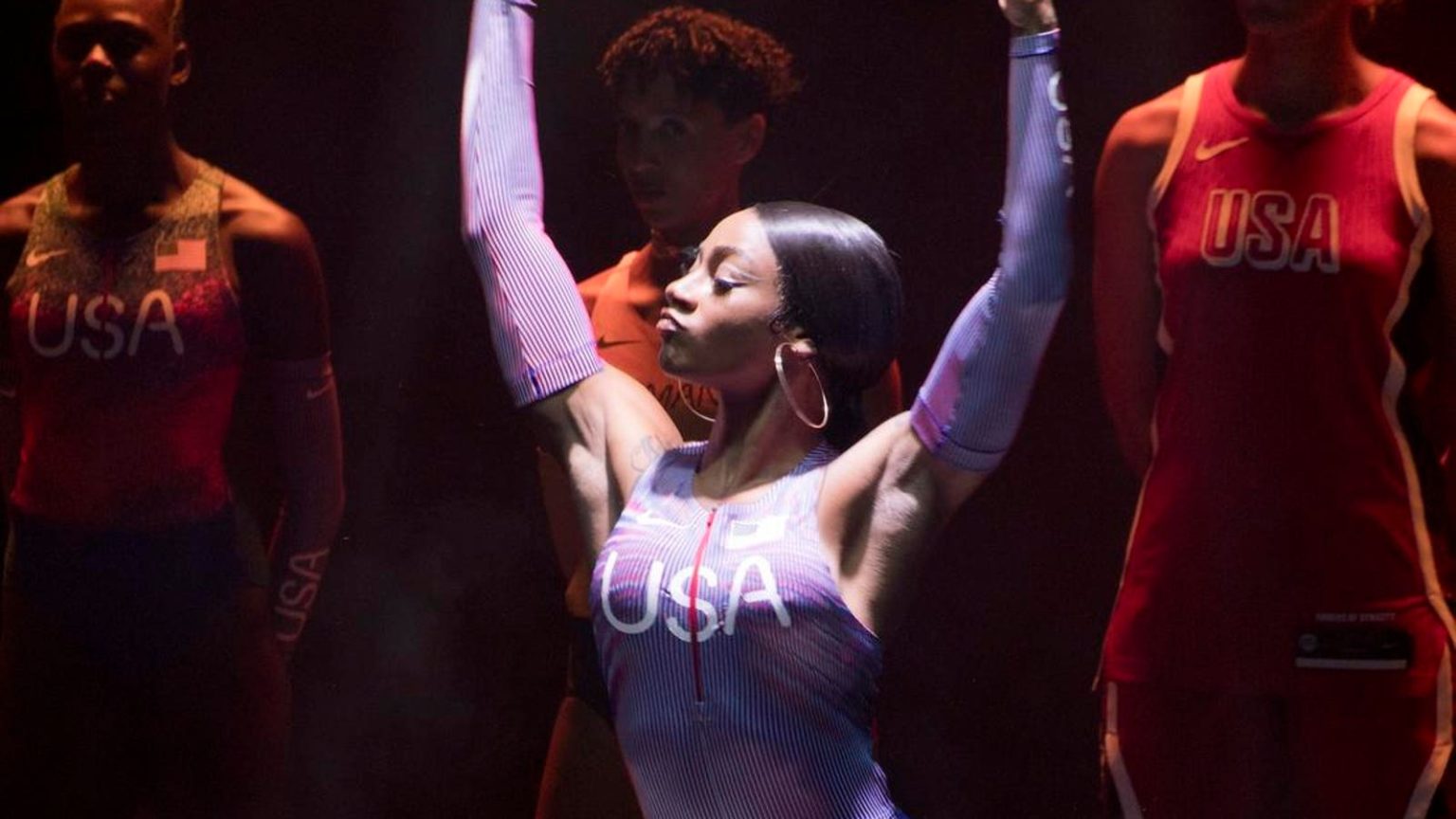The Olympic uniforms designed by Nike for the USA women’s track and field team have sparked controversy and criticism from current and former athletes. The revealing design of the unitards, which were showcased at an event in Paris, has been described as skimp and containing sexist undertones. Female athletes from around the world, including those on competing Olympic teams, have spoken out against the design, with some suggesting that the outfits would require complicated intimate grooming.
The criticism of the uniforms has been widespread, with Olympic hurdler Queen Harrison Claye jokingly suggesting that the European Wax Center should sponsor Team USA this Olympic season. Other athletes, such as Abigail Irozuru and Sha’Carri Richardson, have also expressed their dissatisfaction with the design, questioning whether any female athletes were consulted in the creation of the team kit. Despite the backlash, Nike has not responded to requests for comment, although the chief innovation officer for Nike, John Hoke, mentioned that the uniforms displayed were just one of several options that will be available for athletes.
The debate around athlete uniforms for women has been gaining traction since 2021, when the Norwegian national women’s beach handball team rebelled against the regulation bikini bottoms they were required to wear by competing in thigh-length shorts. This act sparked a global conversation about the disparity in uniform options for male and female athletes, with women often being offered more revealing outfits. Other sports, such as gymnastics and soccer, have also seen changes in uniform choices to address concerns about comfort and modesty for female athletes.
The conversation around women’s athlete uniforms has raised important questions about the expectations placed on female athletes and the importance of comfort and practicality in their clothing choices. Athletes like Lauren Fleshman have emphasized the need for professional athletes to be able to compete without worrying about their bodies being on display or dedicating brain space to constant grooming and wardrobe malfunctions. The controversy surrounding the Nike-designed track and field unitards highlights the ongoing struggle for gender equality in sports and the need for more inclusive and practical uniform options for female athletes.
Despite the backlash and criticism, some athletes, like Olympic gold medalist Katie Moon, have shared a different perspective on the uniforms. Moon mentioned that she tried on the same style and didn’t feel worried about any wardrobe malfunctions, suggesting that the issue may have been exaggerated. This difference in opinion highlights the subjective nature of athlete preferences and the importance of considering a variety of perspectives when designing uniforms for competitive athletes.


